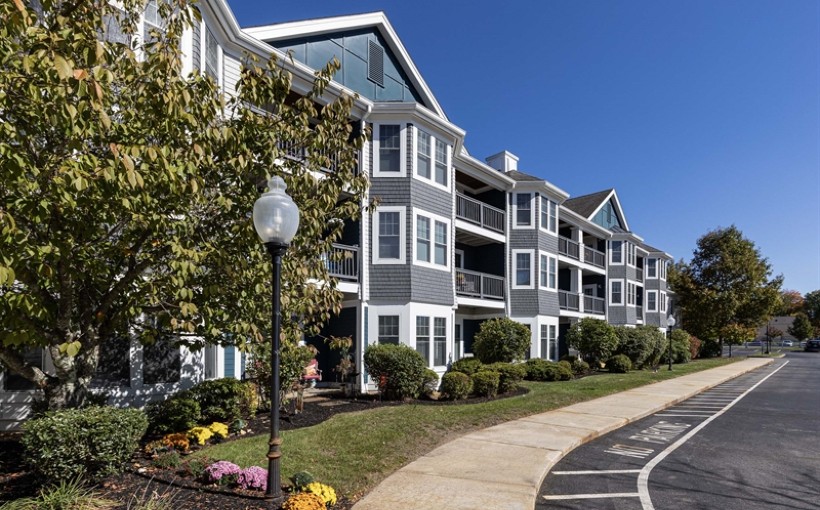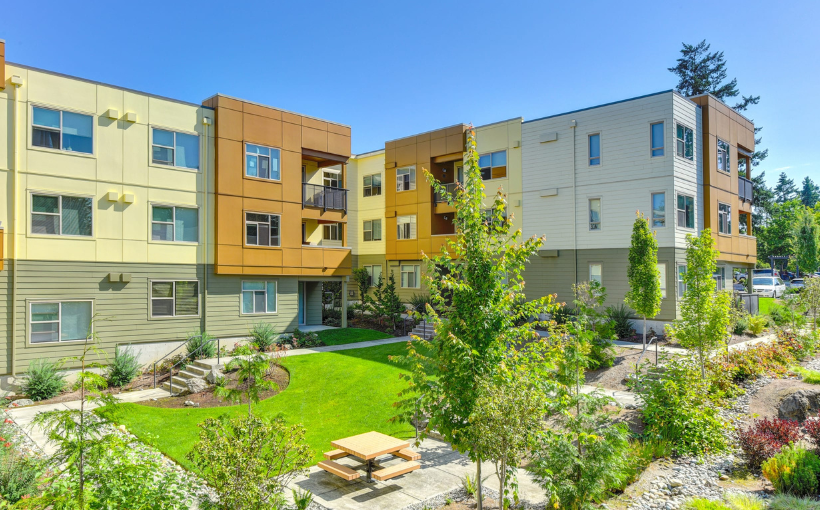Social infrastructure is a crucial element in enhancing the quality of life and well-being of a community. According to an article published in Urban Land Magazine, incorporating social spaces such as parks, entertainment centers, and local restaurants can transform an environment from simply a collection of buildings to a meaningful place for its residents.
Furthermore, social infrastructure plays an important role in building resilience within communities. The article suggests three strategies for developing effective social infrastructure:
1) Create New Spaces
The key to successful social infrastructure lies in intentional action and thoughtful planning. This includes designing spaces that serve as gathering points for the community. For example, incorporating rooftop terraces or dedicating part of retail space to locally owned cafes can encourage interaction among residents.
2) Utilize In-Between Spaces
Often overlooked when it comes to promoting social interactions, the areas between buildings are vital components of effective social infrastructure. By improving pedestrian walkways and implementing attractive streetscapes with seating areas, these spaces can become hubs for spontaneous conversations and stronger relationships within the community.
3) Incorporate Mixed Uses
While mixed-use developments are not new concepts, they have proven successful in attracting diverse users while meeting various needs within a community. For instance




